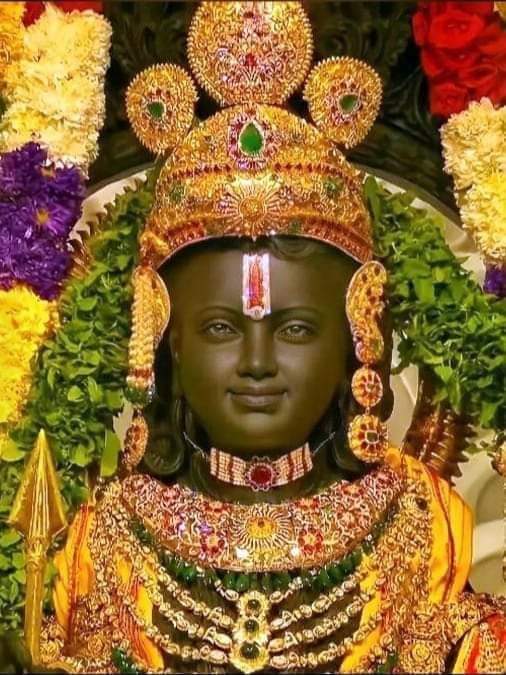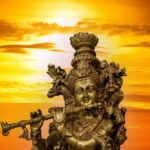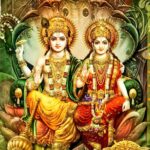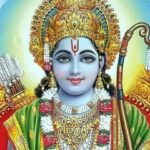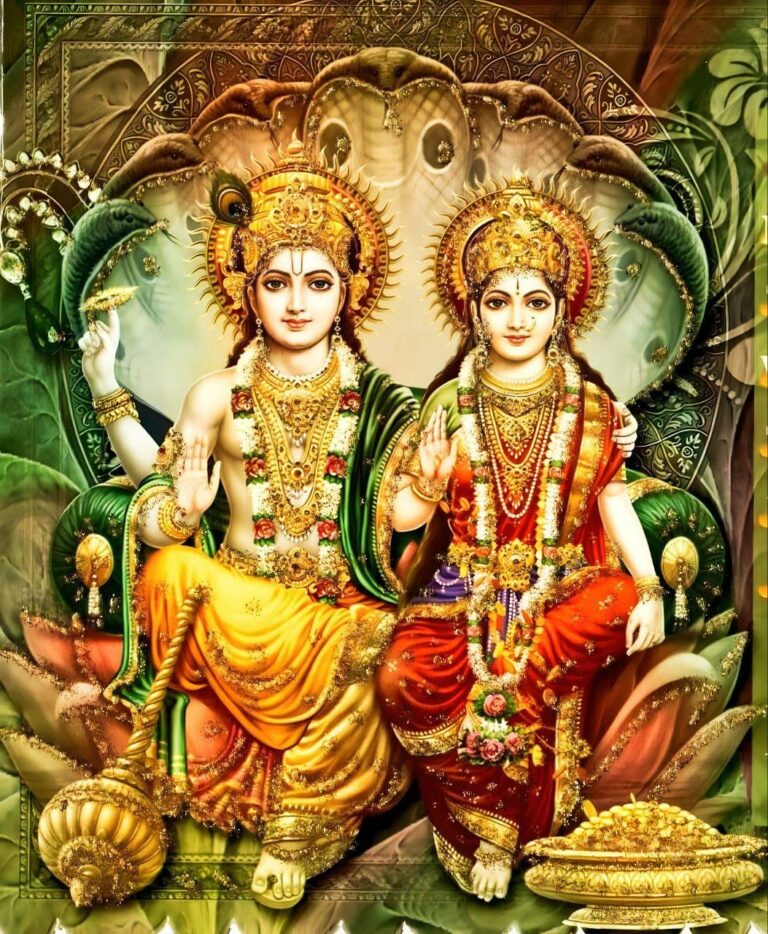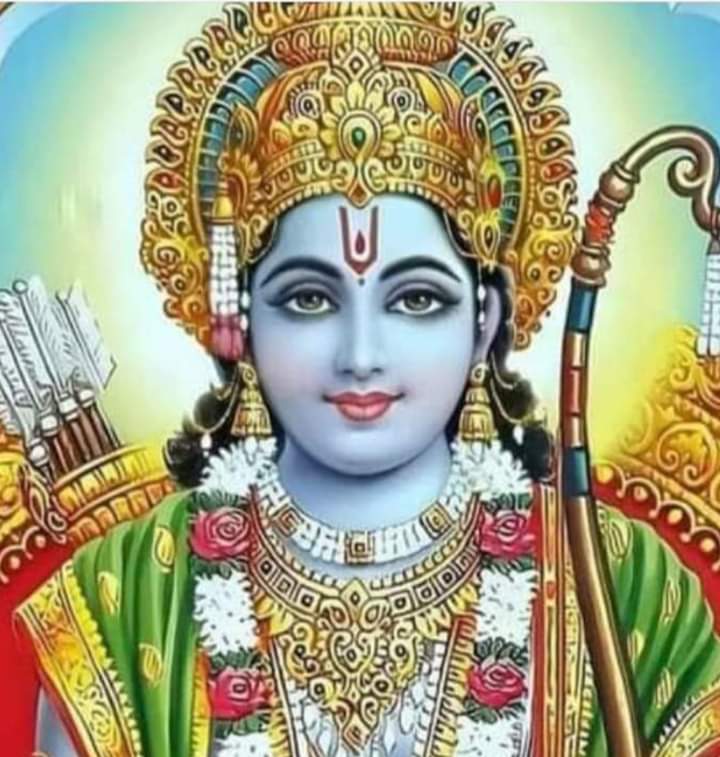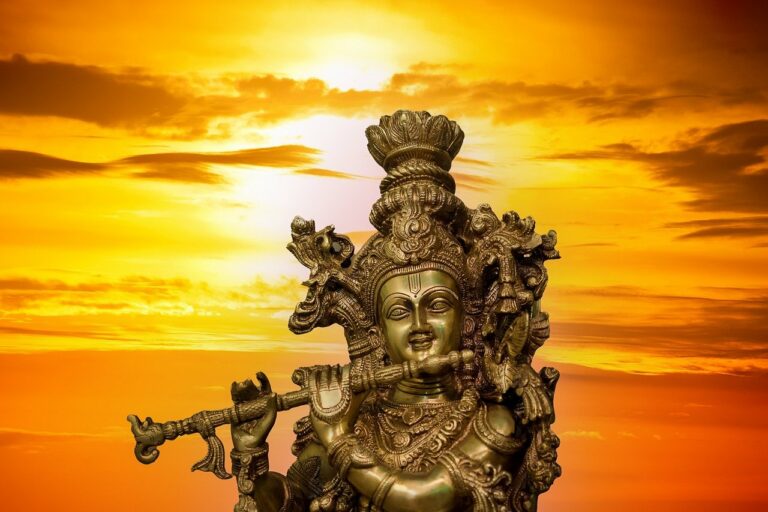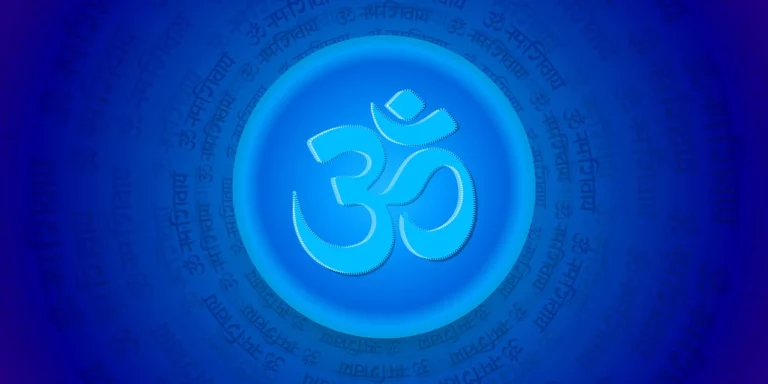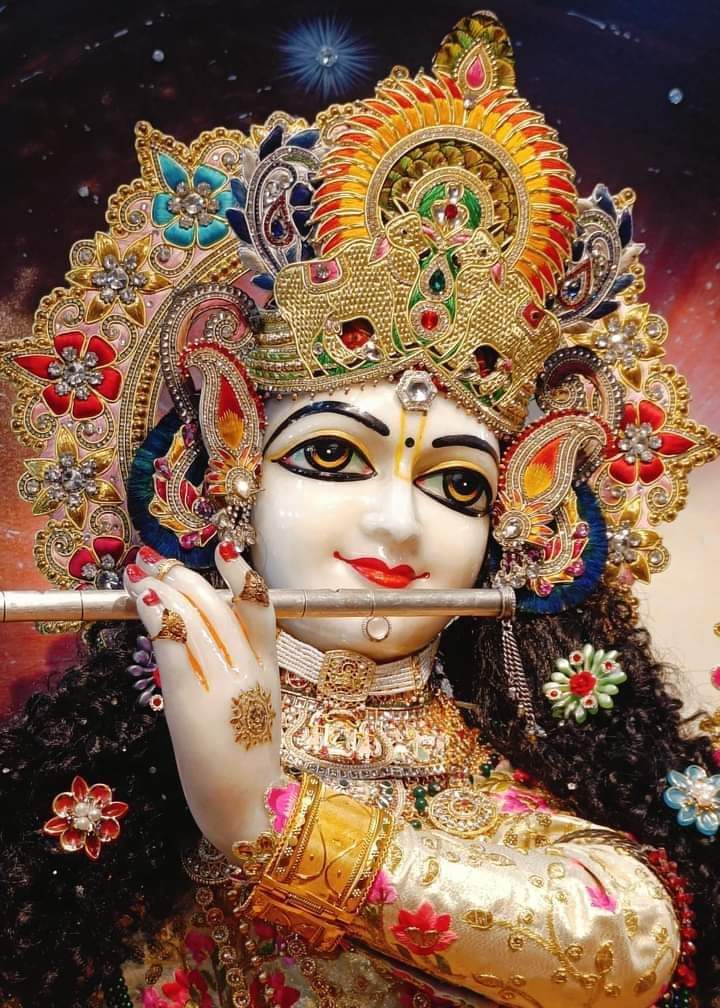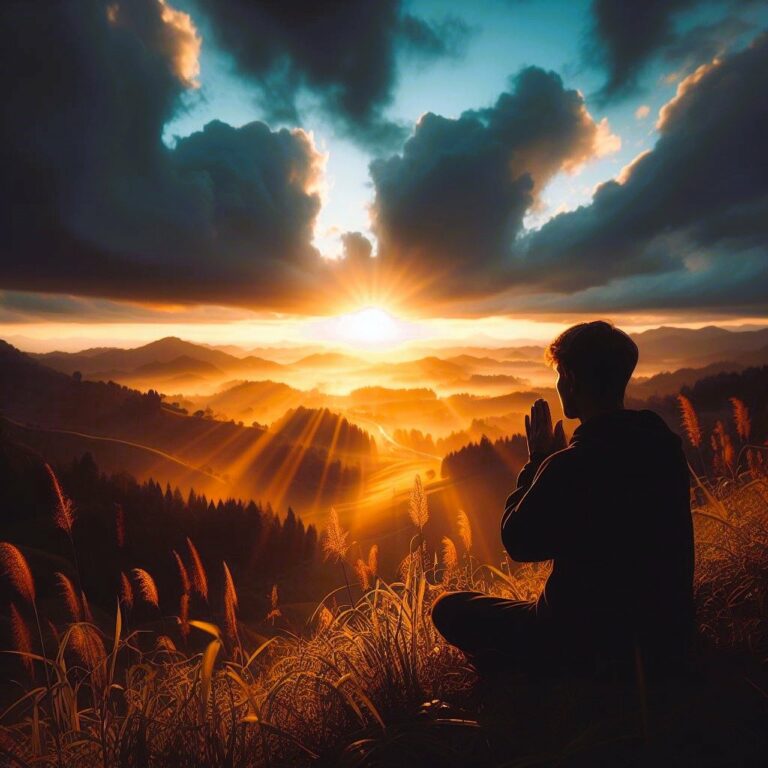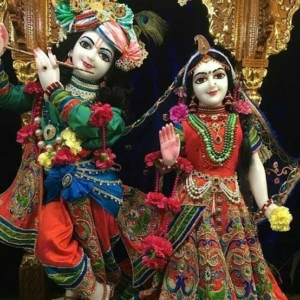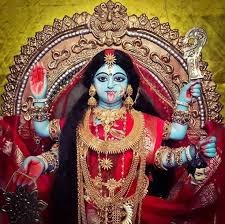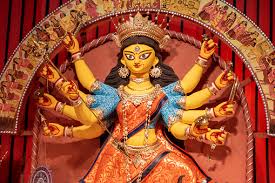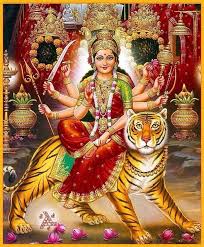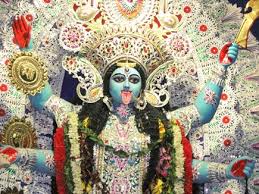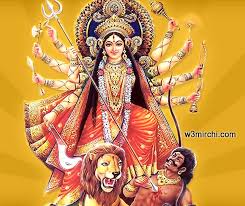श्रीराम जन्मभूमि मंदिर में प्राण प्रतिष्ठा होने जा रही है तो यह जानना आवश्यक है कि राम का महत्व क्या है। और यह भी सोचने का विषय है कि इसी महत्व के कारण आतताईयों ने इस मंदिर को संपूर्ण विध्वंश किया और उसके ऊपर मस्जिद बनाई। क्यूँकि उन्हें पता था की इस मंदिर का विखंडन भारत की आत्मा का विखंडन है।
राम, यह केवल दो शब्द नहीं है। इसमें भारतवर्ष की संपूर्ण संस्कृति सन्निहित है। राम का नाम हमारे प्रतिदिन के अभिवादन, जैसे ‘जय राम जी की’, ‘जय सियाराम’, ‘ जय श्री राम’ से लेकर अधिकांश भारतीय व्यक्तियों के नामों में मिलता है। इसीलिए राम एक ऐसा भाव है जिससे कोई भी व्यक्ति भारतीय मानस का अनुभव कर सकता है। राम को समझना है तो हमें राम के जीवन चरित्र को समझना होगा और उसी से हम भारत के राष्ट्र चरित्र को समझ सकते हैं।
सर्वप्रथम, राम त्याग की प्रतिमूर्ति हैं। पुत्र धर्म के पालन के लिए उन्होंने राज्य सिंहासन त्याग कर वनवास जाना स्वीकारा। ठीक ऐसे ही हमारे राष्ट्र में त्याग को हमेशा पूजा जाता है, चाहे वह सन्यस्थ वेश भूषा धारण किए हुए को पूजना या सम्मान देना हो या परिवार त्याग करने वाले को राजनीतिक, सामाजिक नेतृत्व देना हो। भारत में त्याग पूज्य है और राम त्याग की जीवंत मूर्ति हैं।
यह भारत के पुनर्जागरण का आरंभ है। जिस दिन भारत का जन मानस यह समझ जाएगा कि राम भारत की आत्मा हैं, उस दिन जातिवाद, क्षेत्रवाद, भाषावाद आदि का अंत हो जाएगा।
जिस प्रकार जन अनुरागी राम के लिए उनकी प्रजा की प्रसन्नता ही उनके शासन का मूल मंत्र था उसी प्रकार जिस दिन भारत के राजनैतिक, प्रशासनिक और सामाजिक शासकों को यह गूढ़ मंत्र समझ आ जाएगा उस दिन शासक और शासित के बीच का परस्पर संदेह समाप्त हो जाएगा। शासक स्वयं को केवल सेवा का एक माध्यम मानेगा और शासित का शासक के प्रति प्रेम बढ़ जाएगा। और वही होगा राम-राज्य।
त्याग के साथ साथ राम शक्ति के परिचायक हैं। राम जो बाल्य काल में ही अनेकानेक असुरों का वध करते हैं, शिव धनुष तोड़ते हैं, समुद्र जिनका क्रोध देख त्रहिमाम करता है या जो रावण जैसे कालजयी का वध करते हैं। ठीक वैसी ही शक्ति की भारत में पूजा होती है। चाहे वह आदि शक्ति दुर्गा हों, शिवाजी महाराज हों या महाराणा प्रताप हों। राजनीति में भी देखिए तो वही स्थिरता दे सका है जिसने अपनी शक्ति का परिचय दिया है।
परंतु राम शक्ति की मर्यादा भी जानते हैं, और अपनी शक्ति से दूसरे के अधिकार क्षेत्र का अतिक्रमण नहीं करते। इसीलिए राम मर्यादा पुरुषोत्तम कहे जाते हैं। यही भारतीय मानस में भी है। यहाँ जब-जब शासक ने अपनी शक्ति से दूसरों के अधिकारों का हनन किया, तब- तब उसे शासन से हटा दिया गया है। चाहे वह ब्रितानी सूर्य हो या १९७५ का आपातकाल।
राम के लिए अयोध्या से लेकर छत्तीसगढ़, महाराष्ट्र और सुदूर दक्षिण में रामेश्वरम तक सब अपने ही थे। यह उन लोगों के लिए भी एक सीख है जिनका मानना है कि भारत एक देश के रूप में अंग्रेजों के आने के बाद ही बना है। राम के लिए आज के उत्तर प्रदेश का अयोध्या, नासिक की पंचवटी, आंध्र प्रदेश का भद्रचालम, कर्नाटक कि किष्किन्धा, केरल की शबरी के बेर, तमिलनाडु का रामेश्वरम सब प्रिय थे और कहीं भी उन्हें भाषा या संस्कृति का अवरोध नहीं हुआ। यह सब राम के लिए एक ही था।
जिस प्रकार राम ने बालि और रावण का वध कर किष्किन्धा और लंका का राज्य स्वयं नहीं लिया अपितु उसे सुग्रीव और विभीषण को सौंपा, इसी भाव को भारत की कूटनीति में प्राचीन काल से ही देखा जाता है। भारत साम्राज्यवादी नहीं रहा। हमारे पास क्षमता होते हुए भी हमने दूसरों का राष्ट्र छीनने या वहाँ की संस्कृति को नष्ट करने का कभी प्रयास नहीं किया।
राम ने अपने गुरुओं के आदर की परिपाटी का सदैव पालन किया, यहाँ तक कि अपने विवाह के लिए माँ सीता के स्वयंवर में जाने का निर्णय भी गुरु वशिष्ठ के निर्देश पर लिया। इसी प्रकार के गुरु सम्मान के लाखों उदाहरण से भारत का इतिहास भरा हुआ है चाहे वह शिवाजी के गुरु समर्थ रामदास हों, स्वामी विवेकानंद के गुरु ठाकुर रामकृष्ण हों या सिखों के नौ गुरु हों।
इसीलिए यदि भारत को जानना है तो पहले राम को जानना होगा। यह दुर्भाग्य था कि भारत की ऐसी आत्मा श्रीराम को सदियों तक उनके जन्मस्थान में भी स्थान नहीं दिया गया। क्या यह केवल एक विडंबना थी या सोची समझी रणनीति ताकि भारत से उसकी आत्मा को अलग किया जा सके और उसपर विदेशी विचारधारा थोपी जा सके।
आज जब वह घड़ी आ रही है कि श्रीराम को उनका यथोचित स्थान दिया जा रहा है तो यह केवल सीमेंट और पत्थरों के एक मंदिर की बात नहीं है। यह भारत के पुनर्जागरण का आरंभ है।
अतः आइए २२ जनवरी की इस शुभ घड़ी को नव भारत के अमृत काल का प्रादुर्भाव मानकर श्री राम के आदर्शों को पुनः स्थापित करें और भारत में राम-राज्य की नींव डालें। ।। श्री रामाय नमः ।।
, ‘Ram’ is the soul of India.
If life consecration is going to take place in Shri Ram Janmabhoomi temple, it is important to know what is the importance of Ram. And it is also a matter of thought that because of its importance, the terrorists completely destroyed this temple and built a mosque on top of it. Because he knew that the disintegration of this temple is the disintegration of the soul of India.
Ram, it is not just two words. The entire culture of India is embodied in it. Ram’s name is found in our everyday greetings like ‘Jai Ram Ji Ki’, ‘Jai Siyaram’, ‘Jai Shri Ram’ and in the names of most of the Indian people. That is why Ram is a feeling through which any person can experience the Indian psyche. If we want to understand Ram then we have to understand the life character of Ram and from that we can understand the national character of India.
First of all, Ram is the epitome of sacrifice. To follow the dharma of his son, he gave up the throne and accepted to go to exile. Similarly, sacrifice is always worshiped in our nation, whether it is worshiping or honoring someone dressed as an ascetic or giving political and social leadership to someone who has renounced his family. Sacrifice is revered in India and Ram is the living embodiment of sacrifice.
This is the beginning of the renaissance of India. The day the people of India will understand that Ram is the soul of India, that day casteism, regionalism, linguisticism etc. will end.
Just as for the people-loving Ram, the happiness of his subjects was the basic mantra of his rule, similarly the day the political, administrative and social rulers of India will understand this deep mantra, the mutual suspicion between the ruler and the ruled will end. . The ruler will consider himself only a medium of service and the love of the ruled towards the ruler will increase. And that will be Ram-Rajya.
Along with sacrifice, Ram is also a symbol of strength. Ram who kills many demons in his childhood, Shiva who breaks the bow, the ocean roars with anger or who kills the immortals like Ravana. Exactly the same Shakti is worshiped in India. Be it Adi Shakti Durga, Shivaji Maharaj or Maharana Pratap. If we look at politics also, only those who have demonstrated their power can provide stability.
But Ram also knows the limits of power, and does not encroach on the jurisdiction of others with his power. That is why Ram is called Maryada Purushottam. This is also in the Indian mind. Here, whenever the ruler violated the rights of others through his power, he was removed from the rule. Be it the British Sun or the Emergency of 1975.
For Ram, everything from Ayodhya to Chhattisgarh, Maharashtra and Rameshwaram in the far south was his. This is also a lesson for those who believe that India as a country was formed only after the arrival of the British. For Ram, Ayodhya of today’s Uttar Pradesh, Panchavati of Nashik, Bhadrachalam of Andhra Pradesh, Kishkindha of Karnataka, Shabari Ber of Kerala, Rameshwaram of Tamil Nadu were all dear to him and nowhere was he hindered by language or culture. It was all the same for Ram.
Just as Ram, after killing Bali and Ravana, did not take the kingdom of Kishkindha and Lanka for himself but handed it over to Sugriva and Vibhishana, the same sentiment has been seen in Indian diplomacy since ancient times. India is no longer imperialist. Despite having the capability, we never tried to snatch away the nation of others or destroy their culture.
Ram always followed the tradition of respecting his Gurus, even the decision of going to Mother Sita’s Swayamvar for his marriage was taken on the instructions of Guru Vashishtha. The history of India is filled with millions of examples of similar Guru respect, be it Shivaji’s Guru Samarth Ramdas, Swami Vivekananda’s Guru Thakur Ramakrishna or the nine Gurus of the Sikhs.
That is why if we want to know India, we have to know Ram first. It was unfortunate that such a soul of India, Shri Ram, was not given a place even in his birthplace for centuries. Was this just an irony or a deliberate strategy to separate India from its soul and impose foreign ideology on it?
Today, when the time is coming when Shri Ram is being given his due place, it is not just a matter of a temple made of cement and stones. This is the beginning of the renaissance of India.
Therefore, let us consider this auspicious moment of 22nd January as the beginning of the Amrit Kaal of New India and re-establish the ideals of Shri Ram and lay the foundation of Ram-Rajya in India. , Shri Ramay Namah.

